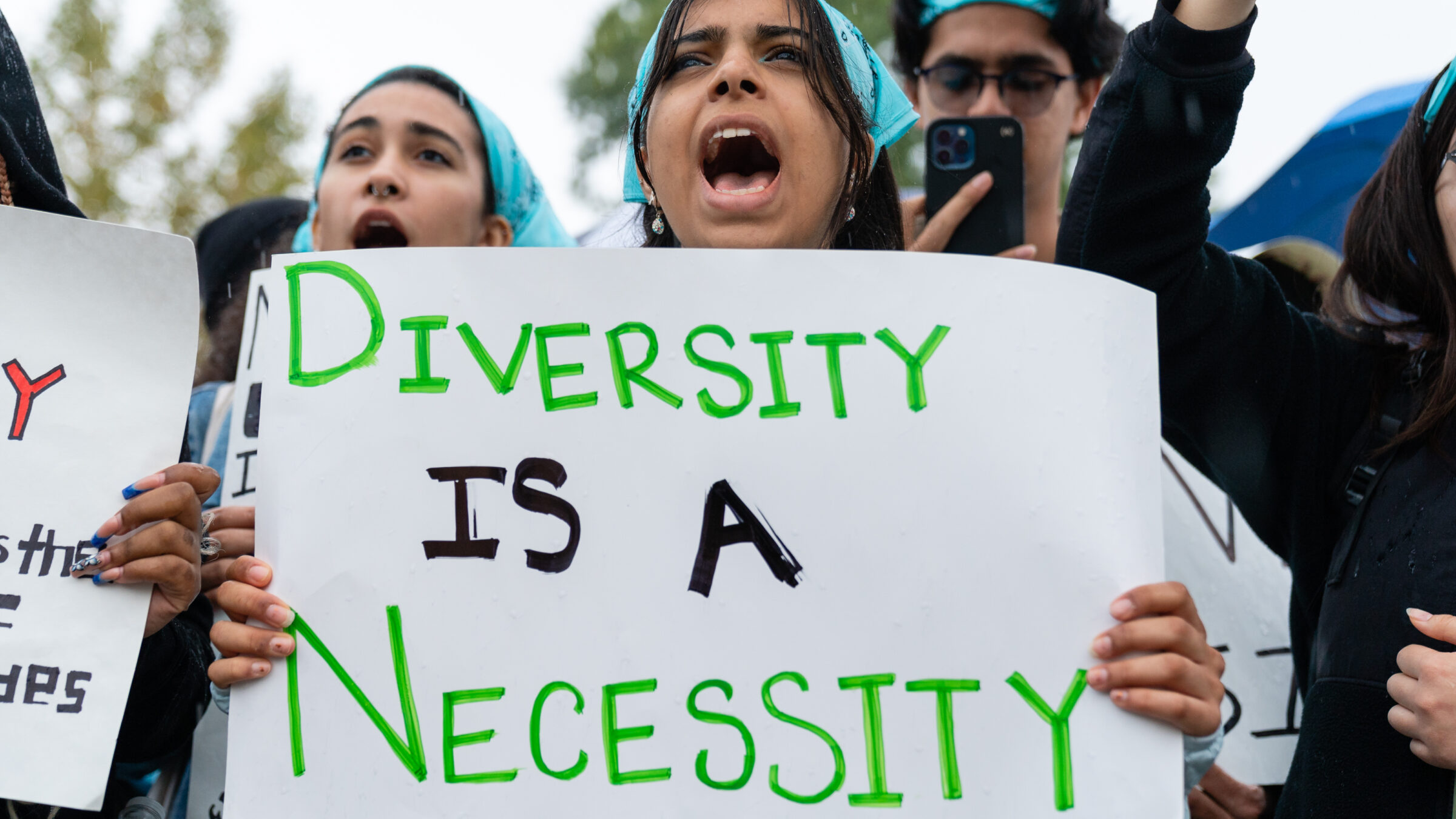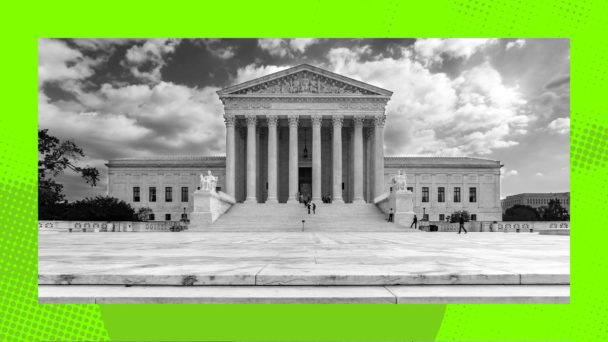Higher education may soon become even whiter, more exclusive, and hard-to-access in our multiracial democracy, courtesy of the predominantly white, elite, and detached-from-reality Supreme Court. In a 6-3 decision he’s dreamt of writing for decades, Chief Justice John Roberts led the supermajority in checking off another item on the conservative legal movement’s to-do list: striking down affirmative action writ large, using as a vehicle the race-conscious admissions programs at Harvard and the University of North Carolina. In a classic Roberts move, the Court did not say outright that it was overruling its many precedents recognizing the constitutionality of affirmative action, which were lawful under the 14th Amendment until Thursday.
But the upshot of its opinion is clear: Public universities, as well as the sea of private ones that accept federal funds, may no longer engage in the holistic review process of college applicants that has for decades enabled modest but important increases in racial diversity on college campuses. One footnote in Roberts’ opinion suggests a carveout for armed services, justifying it with a quick reference to the military’s unspecified but “potentially distinct interests.” Apparently race must be ignored at all costs when young people of color have a chance to learn, but not when they have a chance to lay down their lives.
According to the Court, race-conscious admissions violate the Equal Protection Clause of the Constitution as well as Title VI of the Civil Rights Act of 1964 because affirmative action is essentially racism, and “eliminating racial discrimination means eliminating all of it.” This is a modern reboot of Roberts’ infamous justification for halting school integration efforts, in which he said that “the way to stop discrimination on the basis of race is to stop discriminating on the basis of race.” This reasoning continues to be profoundly unserious (as I’ve discussed before), but the threat it poses is anything but. It renders targeted efforts to remedy racial injustice automatically constitutionally suspect, while “race-neutral” measures—that is, those that do not disturb the white supremacist status quo—get comfortably brought into the warm embrace of the Constitution.

Photo via Getty Images
The danger posed by this rationale extends beyond higher education—and may also extend beyond race to issues that strike at democracy itself. In the same way that the Court’s rescission of constitutional protections for abortion signaled that many individual rights are now on shaky legal ground, rescinding constitutional protections for affirmative action puts a trap door under civil rights laws meant to advance equality and remedy harms faced by marginalized minority groups more broadly. The affirmative action decision is difficult to reconcile with the Court’s recent Voting Rights Act decision, for example: Allen v. Milligan recognized that race may be considered as one non-predominating factor among many when constructing electoral district maps so that people of color have an equal opportunity to participate in the political process—a necessary prerequisite to achieving the functioning egalitarian democratic society we all deserve.
Yet in the affirmative action decision, the six Republican justices rejected the idea that race may be considered as one non-predominating factor among many when constructing student bodies so that people of color have a shot at an equal educational opportunity—also a necessary prerequisite to achieving the functioning egalitarian democratic society we all deserve. Many conservatives are eager to resolve this tension once and for all. At least four of them sit on the Supreme Court.
In the minority in more ways than one, Justices Sonia Sotomayor and Ketanji Brown Jackson authored agonizing dissents that make plain the Court’s fundamental misunderstanding of race, racism, and the Constitution’s Reconstruction Amendments. The Fourteenth Amendment espouses a constitutional guarantee of equality which cannot be achieved with indifference to race. Justice Sotomayor reminds the Court that “equality requires acknowledgment of inequality” and affirmative steps are necessary if we are to do what the Reconstruction Amendments intend: “undo the effects of a world where laws systematically subordinated Black people and created a racial caste system.” The road to equality is long, and the majority acts like a small child in the backseat of a car constantly asking, Are we there yet? The Court is insistent that race-conscious admissions must end “at some point,” without regard for the conditions that make it necessary. “Deeming race irrelevant in law does not make it so in life,” Justice Jackson responds, concluding that the Court’s judgment is “without any basis in law, history, logic, or justice.”
In reality, as Sotomayor and Jackson take pains to explain, the Constitution demands so much better. Enslaved Black people fighting for freedom and other abolitionists remade the Constitution into an inclusive national charter that strives for a functioning multiracial democracy free from subordination. The “ultimate goal” of the Reconstruction Amendments is not “eliminating race as a criterion” as Roberts suggests but eliminating racism. Ignoring that mocks the struggle of millions to build an equitable society. Like Justice Thurgood Marshall told the Court decades ago, “during most of the past 200 years, the Constitution as interpreted by this Court did not prohibit the most ingenious and pervasive forms of discrimination against the Negro. Now, when a State acts to remedy the effects of that legacy of discrimination, I cannot believe that this same Constitution stands as a barrier.”
Trivializing reality and our painful history is something the Roberts Court excels at. The affirmative action decision shamefully perverts the legacy of the Fourteenth Amendment and of Brown v. Board of Education—perhaps the judiciary’s finest hour—to pursue the exact opposite of their goals, undermining their mission of dismantling white supremacy and building up a multiracial democracy with full and equal membership for all. In so doing, the conservative justices repeatedly claimed to be carrying on the tradition of Justice John Marshall Harlan; Harlan, you may recall, wrote the sole dissent in Plessy v. Ferguson and opposed state-mandated segregation, by declaring that the Constitution is colorblind “and neither knows nor tolerates classes among citizens.” These justices may actually have a point here, but probably not the one they thought they were making. In the sentences immediately before his passage on colorblindness, which they ignore, Harlan expressed his belief that white people were and would forever be the “dominant race” if it stays true to its heritage and constitutional principles.
Then, as now, it was clear that a colorblind Constitution preserves white supremacy. But our Constitution is not truly colorblind—it has only been blindfolded by the conservative legal movement and the justices who have long done its bidding.




